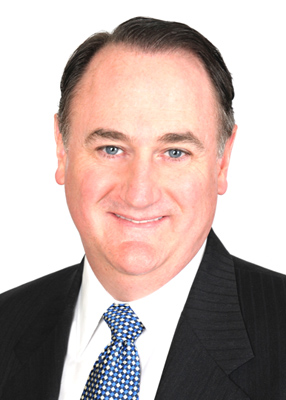 Sightpath Medical spoke with Dr. David Hardten, a founding member of Minnesota Eye Consultants, about one of ZEISS’s most powerful microscopes, the OPMI Lumera® i, a surgical tool that he uses in his practice.
Sightpath Medical spoke with Dr. David Hardten, a founding member of Minnesota Eye Consultants, about one of ZEISS’s most powerful microscopes, the OPMI Lumera® i, a surgical tool that he uses in his practice.
The ZEISS OPMI Lumera i microscope was released in 2008 to widespread acclaim. Unlike other microscopes at the time, the Lumera i allowed surgeons to maintain a stable red reflex. This revolutionary technology made it easier to visualize the capsule, lens and anterior chamber structure during ophthalmic surgery. ZEISS boasts that the microscope’s red reflex allows the surgical area to shine brightly and vividly, even when patients have strongly pigmented, decentered or ametropic eyes.
But does this new technology make a difference? Dr. Hardten thinks so.
“In our practice at Minnesota Eye Consultants, after using many different microscopes over the years, we incorporated the ZEISS Lumera scope into all of our ASC ORs,” said Dr. Hardten. “We did this because the scopes were reliable and had excellent red reflex.”
Not only does the Lumera i’s enhanced red reflex make it easier to view structures within the eye, it also comes equipped with DeepView, a tool that makes it possible to seamlessly switch between maximum light transmission and maximum depth of field. Together, these two features make it easy for surgeons to acquire the best view possible depending on the characteristics of the surgery.
“We liked that the scope had individual settings for lighting for all of our anterior segment surgeons,” Dr. Hardten said. “The ability to balance depth of field with red reflex for cataract work gave us better ability to create a capsulorhexis than our previous scopes had done.”
Another benefit of using the Lumera i is its intraoperative adaptability, explained Dr. Hardten. Because of the way the microscope is designed, it’s easier to adjust the microscope for multiple procedures and multiple surgeons.
“The handles allow easy mobility for procedures that require a lot of movement of the scope including DSEK, DMEK and i-Stent,” Dr. Hardten continued. “Some of the prior scopes we had used didn’t have the ocular flexibility needed to adapt to all of our surgeons’ preferred neck position, but this seems easy to use for all the surgeons.”
All of these bells and whistles would mean nothing, however, if the microscope itself didn’t consistently get the job done. This is why the Lumera i is equipped with a backup bulb that immediately and automatically turns on when the system detects a defective halogen bulb. This failsafe mechanism means that the Lumera i is considerably more reliable than the average microscope.
“We feel the Lumera i is one of the gold standards in the industry, and that’s why the Lumera i platform makes up 90 percent of our mobile and fixed installations.” said Stephanie Mitchell, Director of Clinical Services at Sightpath Medical. “It’s an extremely reliable microscope which is very important in our business model.’”
In the end, Dr. Hardten recommends the OPMI Lumera i microscope. Its revolutionary red reflex, reliability, mobility and malleable depth of field makes the investment well worth it.
Sightpath Medical’s goal is to make state-of-the-art technology like the Lumera i microscope available to doctors, hospitals and ASCs across the country. As the leading U.S. provider of ophthalmic technology and services for cataract and refractive surgery, we are pleased to serve hundreds of surgeons and facilities nationwide. We are committed to providing the highest quality in our equipment, the skill of our technologists, and the dedication and responsiveness of our staff.